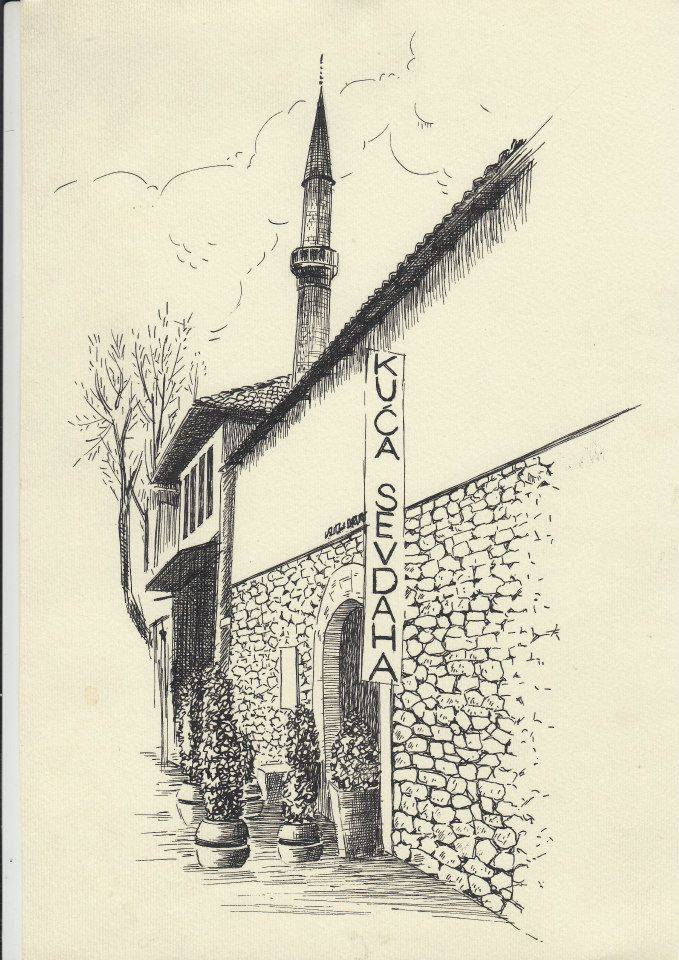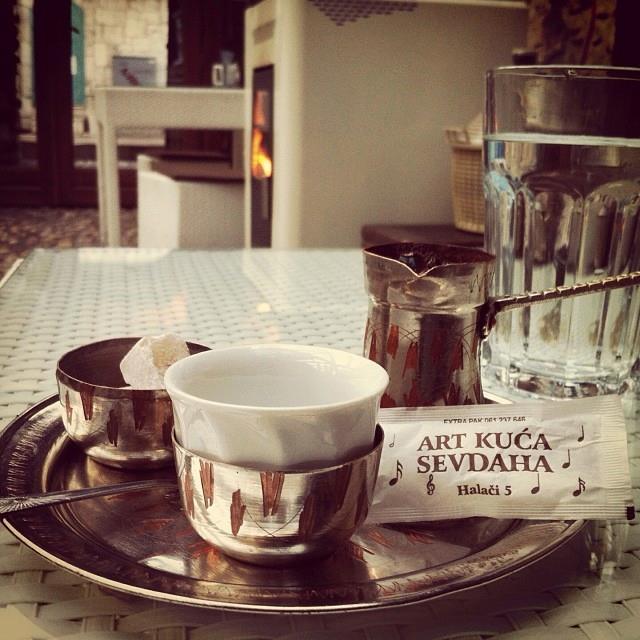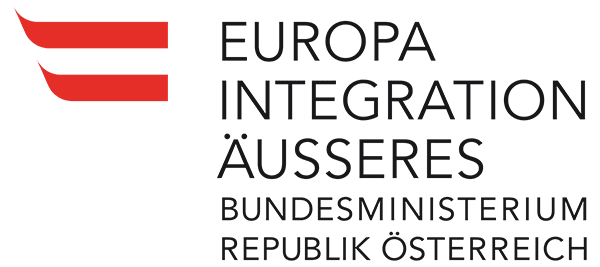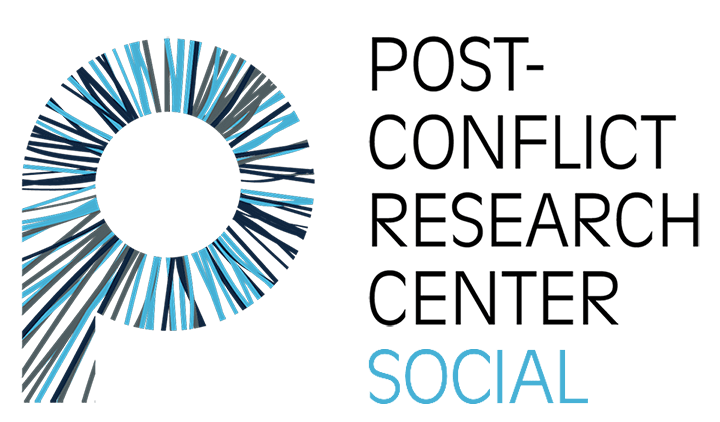
In the very center of Sarajevo’s Baščaršija, located in the Velike Daire [Large storehouse] area, lies the Sevdah Art House.
It is a unique space dedicated to the preservation and promotion of sevdalinka, tradition, and culture in Bosnia and Herzegovina. In addition to a museum exhibit, which is located on 270 square meters, it is rich in cultural content, traditional sweets and drinks, and educational programs for all visitors—tourists, students, and artists alike.
The Velike Daire building itself has a rich history dating back to the 17th century. Originally a complex of trade warehouses, it has evolved through various phases over time, from a national restaurant offering specialties from all Yugoslav republics and provinces, to the Merhamet soup kitchen during the Bosnian war.
At the initiative of the former Minister of Culture and Sports, Emir Hadžihafizbegović, a project was launched in 2007 to transform the Velike Daire space into the Sevdah Art House. The renovation and adaptation of this space began soon after, and on May 8, 2008, it was opened. To this day, the Sevdah Art House remains an indispensable destination for all lovers of traditional Bosnian folk music – sevdalinka.
In addition to the Art House, the Velike Daire space includes Sevdah Kahva Café. Here, with a pleasant atmosphere and friendly staff, visitors can enjoy Bosnian coffee as well as homemade juices and cakes.

The museum exhibition contains biographies, instruments, personal belongings, photographs, records, archival recordings, and awards recognizing the most famous interpreters of sevdalinka. These include Himzo Polovina, Zaim Imamović, Zehra Deović, Nada Mamula, Hanka Paldum, and many others. The chronologically arranged museum exhibit presents the preservation of sevdalinka across generations.
The Art House has a clear mission: to preserve and promote the tradition of sevdalinka through various programs. According to the institution’s director, Armis Mašić, educating young people is one of the Art House’s most important goals. So far, more than 10,000 Sarajevo students have visited the Sevdah Art House on field trips. Through interactive workshops and touring the museum, these students get to know sevdalinka, its history, and its most famous interpreters.
The permanent museum exhibition is complemented by a rich cultural program that includes regular sevdah evenings, poetry events, book promotions, and art exhibitions. This space is open to all artists, whether they are sevdalinka interpreters, writers, poets, or painters. Everyone who wants to present their work and contribute to the cultural life of Sarajevo and Bosnia and Herzegovina is welcome.
The archive of the Sevdah Art House, years in the making, contains numerous records, works, awards, recognitions, plaques, personal belongings, and other artifacts from famous performers. These materials are accessible to all students, as well as to other enthusiasts of sevdalinka and the cultural heritage of Bosnia and Herzegovina.
For tourists, the Sevdah Art House offers more than just the museum exhibition. Visitors can participate in workshops where they learn about traditional Bosnian cuisine and have the opportunity to learn to make Bosnian coffee and cakes. This allows tourists to experience Bosnian culture in a unique way.
The importance of sevdalinka for Bosnian and Herzegovinian culture was confirmed on December 4, 2024, when sevdalinka was officially inscribed on UNESCO’s Representative List of the Intangible Cultural Heritage of Humanity. This global recognition of cultural heritage testifies to the importance of sevdalinka in the history and tradition of Bosnia and Herzegovina.
The Sevdah Art House is not just a museum. It is a living monument to Bosnian cultural heritage and a place where ćejf—the enjoyment of life’s simple pleasures—thrives.






